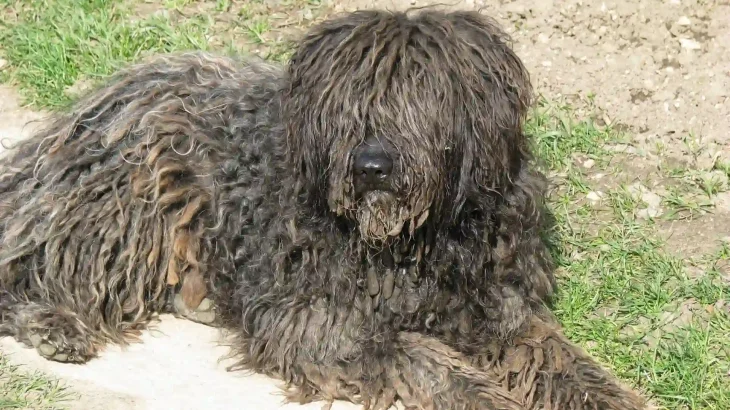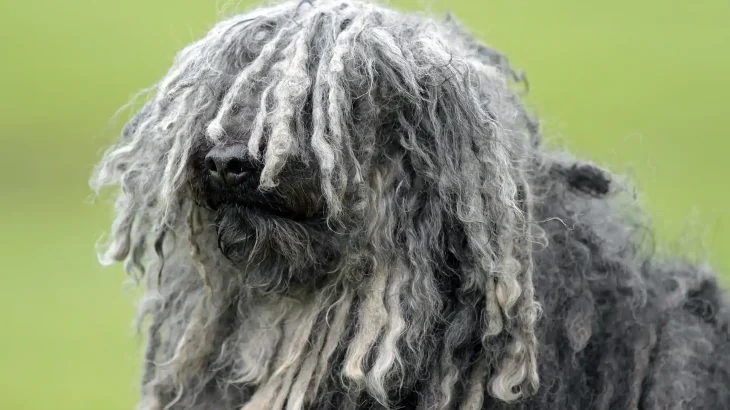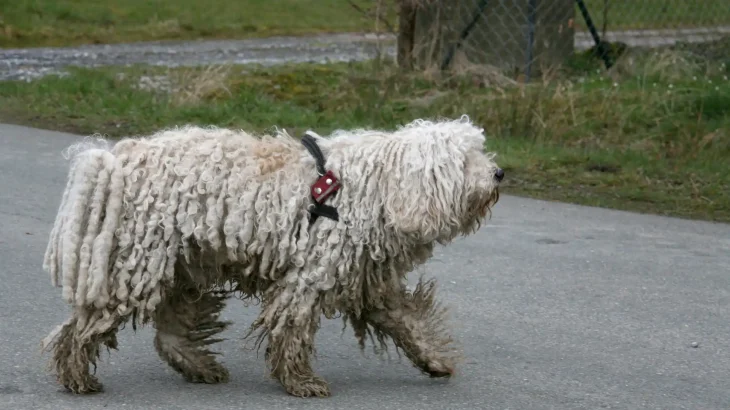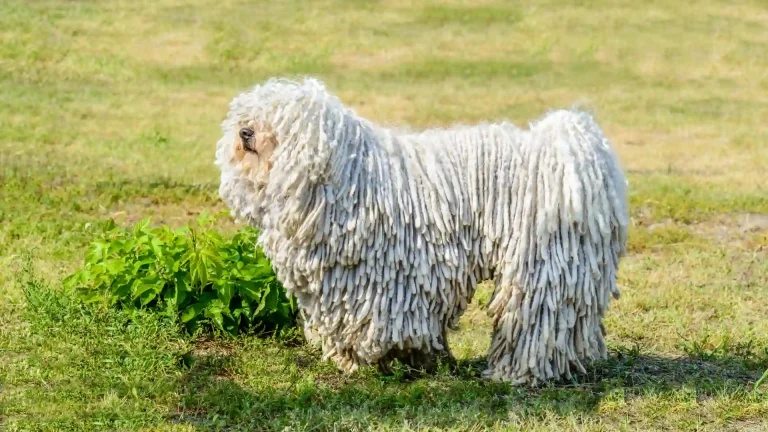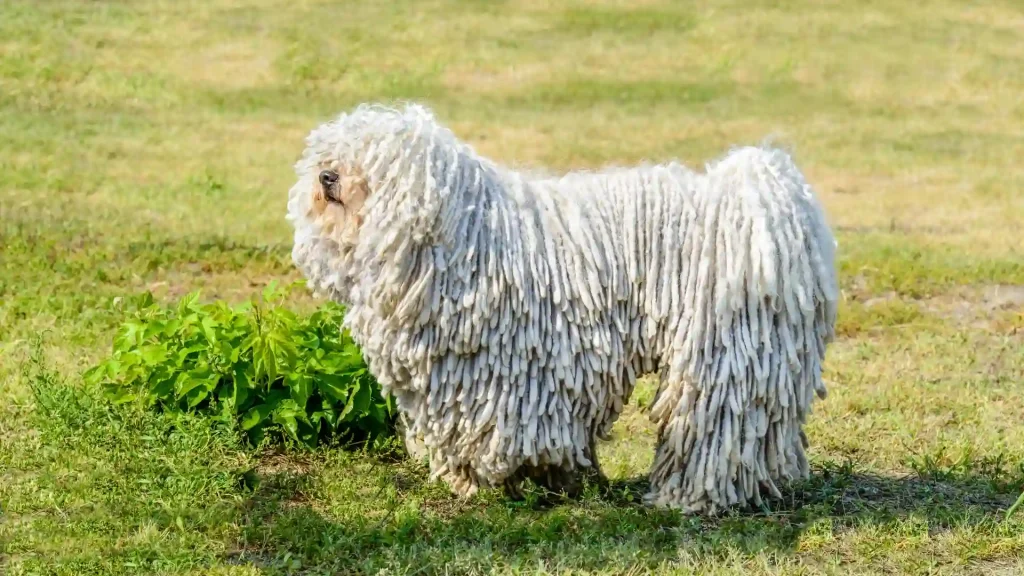Deciding whether to adopt or purchase a Puli puppy depends on your priorities, such as health transparency and supporting ethical practices. Purchasing from a breeder generally offers detailed breed-specific information, while adoption provides a chance to give a home to a dog in need. Both paths have unique benefits and considerations for bringing a Puli into your life.
Adoption vs. Breeder: Pros & Cons
| Criteria | Buying from Breeder | Adopting from Shelter/Rescue |
|---|---|---|
| Cost | Higher upfront cost, reflecting breed purity and care. | Generally lower fees, supporting animal welfare. |
| Health History | Comprehensive health records and genetic screening usually provided. | Health history can be limited; some screenings done by shelters. |
| Age Availability | Typically available as young puppies. | Varied ages from puppies to adults. |
| Temperament Insight | Breeders often know lineage temperament patterns. | Shelter staff share observed behaviors; background may be unknown. |
| Supporting Practices | Supports dedicated breed preservation programs if breeder is reputable. | Supports rescue efforts and reduces shelter populations. |
| Ethical Considerations | Important to choose ethical breeders to avoid supporting puppy mills. | Promotes giving a home to dogs in need and reduces demand for commercial breeding. |



